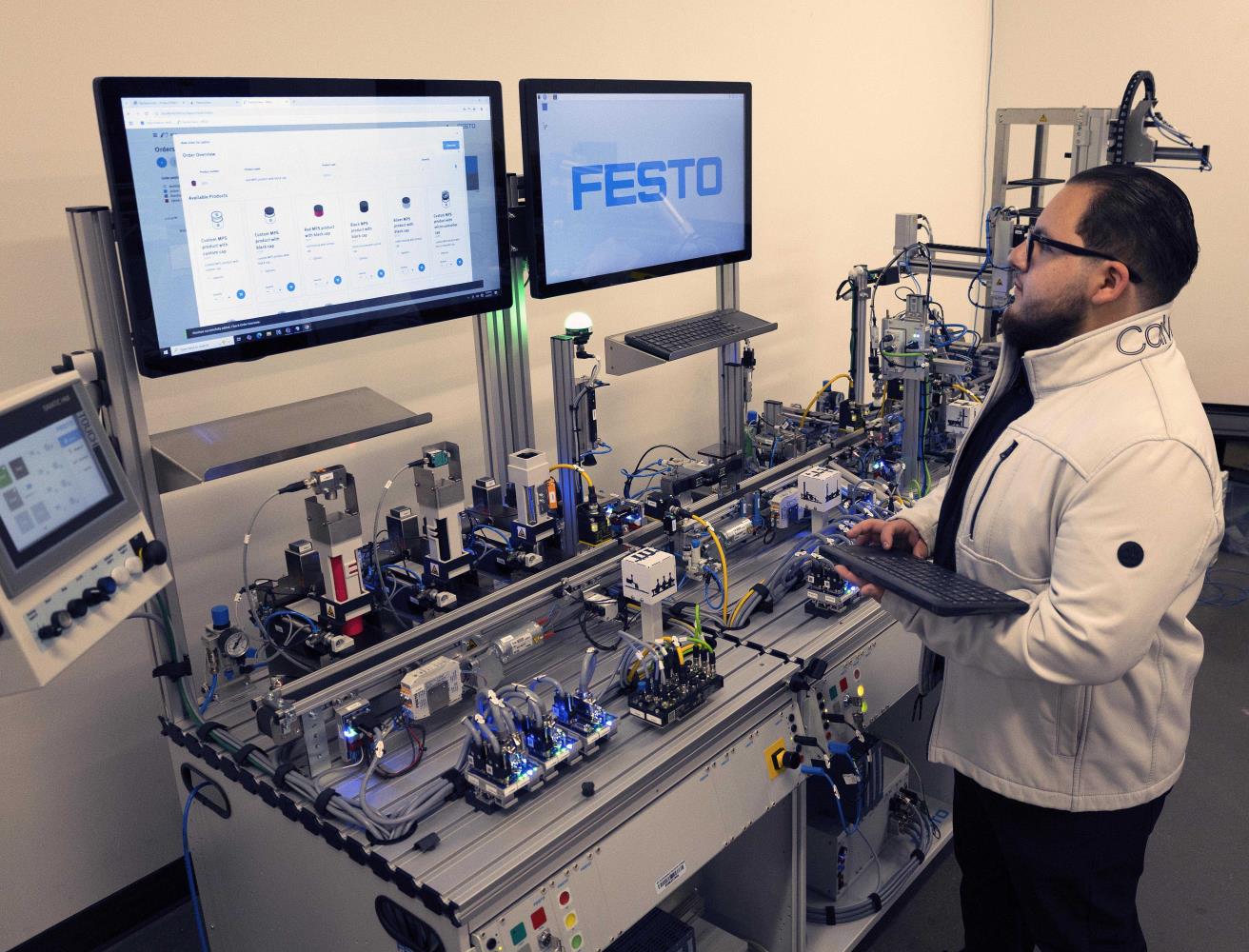From Copper Mines to Global Innovation: Unraveling the 5,000-Year History of the Wheel

The Humble Beginnings: A Miner's Burden in Ancient Europe
Picture this: Southeastern Europe, 3900 B.C.E. You're a copper miner, toiling daily in the stifling heat of the mine's tunnels. Your task? Hauling heavy copper ore – a grueling, back-breaking labor. For millennia, this was the reality for countless individuals. But what if we told you that this very struggle, this daily hardship, played a crucial role in the invention of one of humanity's most transformative technologies: the wheel?
Computer Simulations Shed New Light on the Wheel's Emergence
For years, the precise origins of the wheel have been shrouded in mystery. Traditional theories suggested it was a sudden, brilliant innovation. However, recent computer simulations, meticulously recreating the conditions of ancient mining operations, are painting a far more nuanced and surprisingly gradual picture. Researchers at Harvard University, using advanced modeling techniques, have revealed that the wheel likely didn't spring into existence fully formed. Instead, it evolved organically from simpler technologies.
The Log Rollers: A Precursor to the Wheel
The simulations focused on the process of moving heavy loads over uneven terrain. The initial findings suggest that early miners likely employed log rollers – essentially, cylindrical logs used to reduce friction and ease the transport of ore. This was a significant improvement over dragging loads directly on the ground, but it still presented challenges. The logs were difficult to control, and the process was inherently inefficient.
From Log Rollers to Rotating Discs: A Gradual Transformation
The breakthrough, according to the simulations, occurred when miners began experimenting with using multiple, smaller, and more manageable cylindrical objects – essentially, early versions of rotating discs. These discs, initially made from wood, would be placed beneath the load, allowing it to be moved with greater ease and precision. The key insight was recognizing the benefits of rotational motion and applying it to the task of transportation.
The First True Wheels: Not for Transportation, but for Pottery
Interestingly, the earliest confirmed use of the wheel wasn’t for transportation at all. Archaeological evidence indicates that the wheel first appeared in pottery making around 3500 B.C.E., in Mesopotamia (modern-day Iraq). The potter’s wheel, a rotating platform used to shape clay, provided a significant advantage over hand-building techniques. It wasn’t long after that the concept was adapted for vehicles, revolutionizing transportation and trade.
A Legacy of Innovation: The Wheel's Enduring Impact
The invention of the wheel wasn't a single moment of genius, but a gradual process of experimentation and adaptation driven by the practical needs of ancient societies. From the copper mines of southeastern Europe to the potteries of Mesopotamia, the wheel’s journey is a testament to human ingenuity and our relentless pursuit of efficiency. It’s a reminder that even the most revolutionary technologies often have humble beginnings, born from the challenges of daily life. The wheel continues to shape our world today, powering everything from cars and trains to airplanes and industrial machinery, a lasting legacy of a seemingly simple idea.




